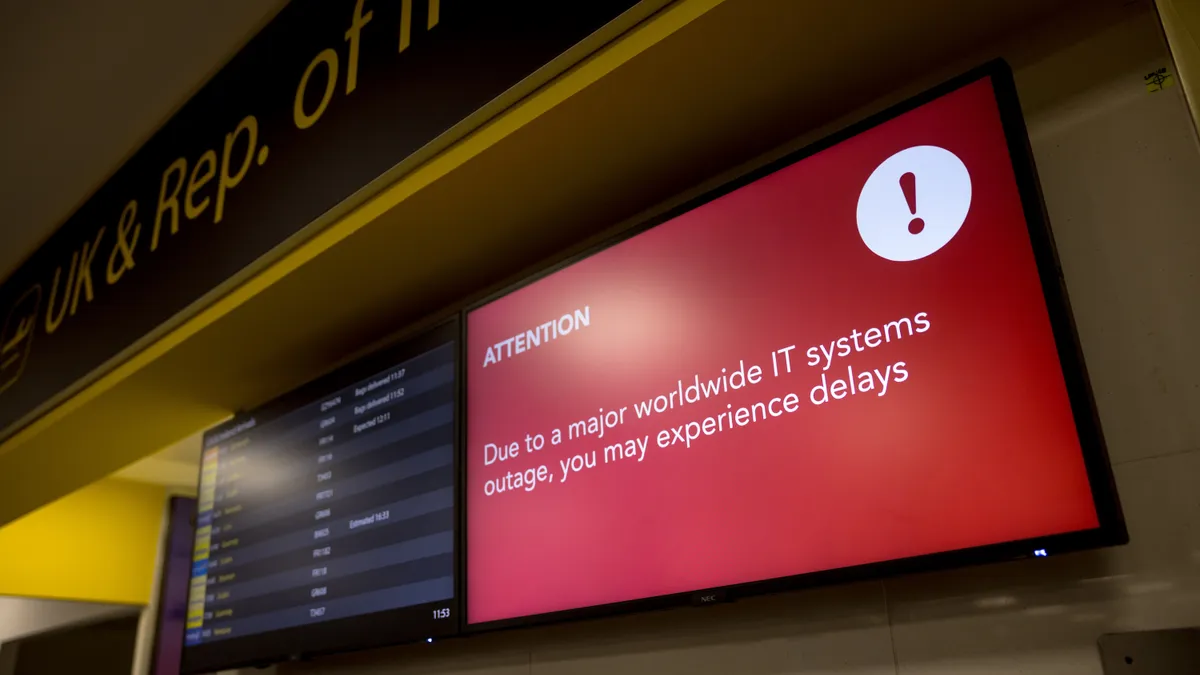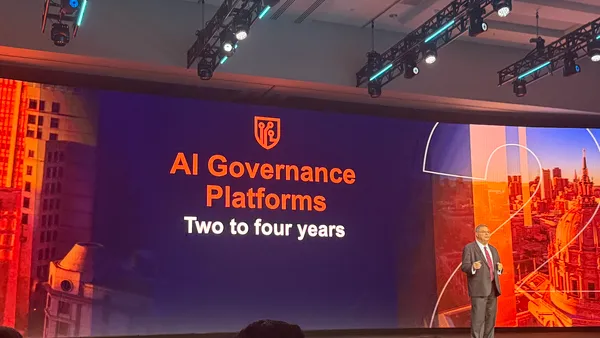Editor's note: The following is a guest post from Manohar, head of S/4HANA Cloud Value Advisory, EMEA North at SAP.
We’re in the midst of the greatest corporate IT transition since the emergence of the web: Gartner estimates eight in 10 corporate data centers will have migrated to the cloud by 2025, and the migration is well underway.
But taking a lift-and-shift approach and simply porting on-premises solutions to the cloud often costs more than expected in the short run, leaving enormous value on the table over time.
Even from a strictly IT perspective, lift-and-shift rehosting can be costly. Andreessen Horowitz found enterprises typically spend 20% more on public-cloud infrastructure than expected because they underestimate the amount of capacity needed.
Lift and shift wastes what McKinsey estimates to be about two-thirds of the potential of cloud transition – benefits the consulting firm estimates will, by 2030, add up to about $740 billion of a $1.2 trillion cloud-driven "prize" among Fortune 500 companies alone.
That prize will go to companies that harness the sorts of enhanced automation, IoT capabilities, advanced analytics, and other cloud-centric features to power more agile operations, faster product development, and more responsive customer service.
CIOs can be forgiven for seeking quick wins with lift and shift. This approach can be done quickly and without undue workforce burden. It avoids having to rethink a legacy patchwork of often brittle IT systems. It requires little buy-in or involvement from business stakeholders.
A lift and shift playbook avoids the time, effort, and expense of IT-driven business transformation. And it aligns with too-frequent IT vendor "all-or-nothing" messaging – that is, either replace on-premise application with new, cloud-native systems or simply rehost existing applications in the cloud.
Lift and shift clearly falls short. A farsighted cloud transition must happen in concert with business-process transformation. Rather than lift and shift, enterprises must lift, transform, and shift. In other words, the move to the cloud should involve a reassessment of not only the IT operating model, but also the business operating model.
Rare is the corporate IT system that hasn’t grown unwieldy after years of catering to one-off business needs. In contrast, cloud-based solutions matured significantly, and now enable broad functionality for customers. Too often, simply lifting and shifting amounts to running a steam engine on a maglev track.
A more transformative approach isn't always an easy sell. Redesigning business processes takes time, effort, and money. A particular business unit may well balk at spending months in a process-redesign that may seem to them as fixing something that isn’t broken.
Leaders must understand the true costs of business-as-usual in terms of diminished operational efficiency and market agility – problems exacerbated by an inability to exploit emerging innovations. They must understand legacy processes sustained by legacy systems can, rather than enabling a business, be a burden.
Business unit leaders must also understand the benefits of the cloud – greater visibility into operations, lesser manual-labor load, the power of analytics – and how the redesign enables benefits. They must understand that gains accrue not only to a specific function or offering, but also to the company as a whole.
Technology firms have an important role to play. They can help enterprises understand how the cloud can enable across-the-board value creation, reducing IT complexity and improving IT alignment with business needs.
Providers can prioritize big, early wins that bring quick return on investment and show the business what lift, transform, and shift can do, thereby building early momentum and buy-in.
Though CIOs can advocate for lift, transform, and shift, they can’t force business transformation on their peers.
To evaluate and capture the full spectrum of value-creation opportunities, IT leaders need the support of business-unit leaders. That support, in turn, hinges on resolute backing for business transformation at the very top.
The failure to couple business transformation with cloud transition is more than a lost opportunity. Given the enormous upside of transformation, skipping it risks puts companies at a competitive disadvantage. The opportunity won’t be lost, of course. It will merely be exploited by someone else.




















